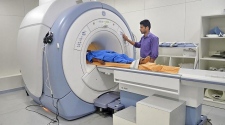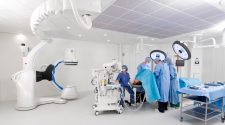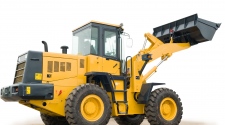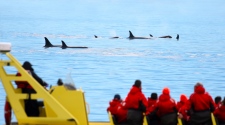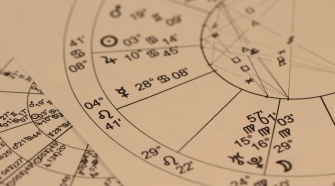NASA authorities Wednesday proclaimed they have finished a thorough audit of the Space Launch System (SLS) — the overwhelming lift, investigation class rocket being worked on to take people past Earth circle and to Mars — and affirmed the program’s movement from plan to advancement, something no other investigation class vehicle has attained since the office fabricated the space shuttle.
“We are on a trip of experimental and human investigation that prompts Mars,” said NASA Administrator Charles Bolden, “and we’re solidly dedicated to building the dispatch vehicle and other supporting frameworks that will assume that excursion.”
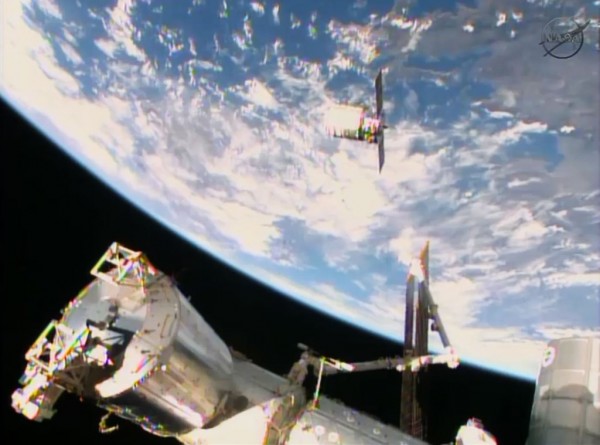
For its first flight test, SLS will be designed for a 77-ton lift limit and convey an uncrewed Orion rocket past low-Earth circle. In its most capable arrangement, SLS will give an uncommon lift ability of 143 tons, which will empower missions much more distant into our earth’s planetary group, including such objectives as a space rock and Mars.
This choice comes after an intensive survey known as Key Decision Point C (KDP-C), which gives an advancement cost benchmark to the 77-ton adaptation of the SLS of $7.021 billion from February 2014 through the first dispatch and a dispatch preparation timetable focused around a starting SLS flight no later than November 2018.
Traditionalist cost and calendar responsibilities sketched out in the KDP-C adjust the SLS system to program administration best practices that record for potential specialized dangers and budgetary instability past the program’s control.
“Our country is left on an eager space investigation project, and we owe it to the American citizens to take care of business,” said Associate Administrator Robert Lightfoot, who administered the survey process.
“After thorough survey, we’re conferring today to a financing level and status date that will keep us on track to sending people to Mars in the 2030s — and we’re going to remained behind that dedication.”
“The Space Launch System Program has done model work amid the previous three years to get us to this point,” said William Gerstenmaier, partner manager for the Human Explorations and Operations Mission Directorate at NASA Headquarters in Washington, D.c. “We will keep the groups progressing in the direction of a more driven availability date, yet will be prepared no later than November 2018.”
The SLS, Orion, and Ground Systems Development and Operations programs each one lead a configuration survey before each one program’s particular KDP-C, and each one system will create cost and calendar responsibilities that record for its individual specialized prerequisites.
“We are keeping each one piece of the system — the rocket, ground frameworks, and Orion — moving getting it done conceivable pace around the initially coordinated test dispatch,” said Bill Hill, chief of Exploration Systems Development at NASA. “We are on a strong way to a coordinated mission and making advancement in every one of the three projects consistently.”
“Architects have made noteworthy specialized advancement on the rocket and have delivered fittings for all components of the SLS program,” said SLS program director Todd May. “The colleagues merit a huge measure of credit for their commitment to building this national stake.”
The project conveyed in April the first bit of flight fittings for Orion’s lady flight, Exploration Flight Test-1, which is focused for December. This stage connector is of the same outline that will be utilized on SLS’s first flight, Exploration Mission-1.
Michoud Assembly Facility in New Orleans has all real apparatuses introduced and is creating fittings, including the first bits of flight equipment for SLS. Sixteen RS-25 motors, enough for four flights, as of now are in stock at Stennis Space Center, in Bay St. Louis, Mississippi, where a motor is as of now introduced and prepared for testing this fall.
NASA foreman ATK has directed effective test firings of the five-portion robust rocket promoters and is planning for the first capability engine test.
SLS will be the world’s most competent rocket. Notwithstanding opening new outskirts for wayfarers going on board the Orion case, the SLS additionally may offer profits for science missions that oblige its utilization and can’t be flown on business rockets.
The following period of improvement for SLS is the Critical Design Review, an automatic entryway that reaffirms the org’s trust in the project arranging and specialized risk posture.




